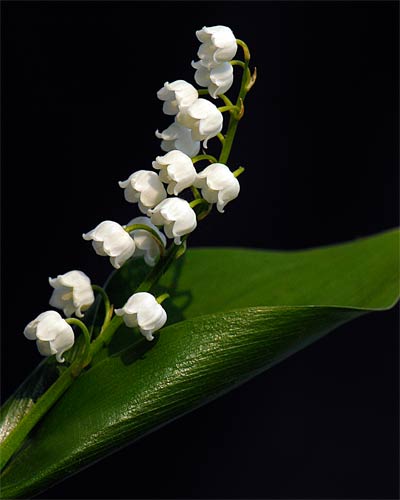Koi Pond Dangers: The Top 10 Most Poisonous Plants to Avoid
Introduction
Having a koi pond is an excellent way to beautify your garden. However, as a responsible pond owner, it’s essential to understand that not all plants are safe for your fish to consume. In fact, some plants are incredibly toxic to koi and can cause severe health problems, including death. Read on to learn about the top 10 most poisonous plants you should avoid planting around your koi pond.
1. Hemlock
Hemlock, scientifically called Conium Maculatum, is a highly poisonous plant that can be fatal to koi. It produces small, white flowers and has fern-like foliage with purple stems. Even a small amount can cause respiratory distress and paralysis in your koi. Thus, it’s crucial to remove it immediately if you spot it in your pond.
2. Oleander

Oleander is widely used as an ornamental plant in gardens due to its beautiful flowers. However, the plant contains a lethal toxin called Oleandrin that can cause seizures, heart failure, and death in koi. While the entire plant is poisonous, the flowers and seeds contain the highest concentration of toxins.
3. Castor Bean

Castor Bean is a large, tropical plant that produces beans that contain ricin, a deadly toxin. Eating even a small amount of this plant can cause illness, seizures, and even death for koi. The entire plant is poisonous, but the beans and leaves are the most dangerous parts.
4. Japanese Yew

Japanese Yew is a popular evergreen shrub that releases toxins into the water. While the berries and leaves are deadly, the branches and stems are also poisonous. The toxins can cause rapid heart rate, hypotension, and death in koi within hours of consumption.
5. Foxglove

Foxglove is an attractive plant with bell-shaped flowers that grow in shades of pink, white, and purple. However, it contains cardiac glycosides that can cause heart failure and other serious health issues in koi. Even a small amount can be lethal to these fish.
6. Daffodils

Daffodils are beloved for their bright yellow flowers that indicate the arrival of spring. While they are not typically toxic to humans or larger animals, they can be harmful to koi. The bulbs and leaves contain lycorine, which can cause vomiting, nausea, and even heart failure in these fish.
7. Iris

Iris is a popular aquatic plant that can grow up to five feet tall. While not as poisonous as some other plants on this list, it can cause skin irritation and digestive issues in koi. The plant’s sap and rhizomes are the most toxic parts.
8. Rhododendron
Rhododendron is a flowering shrub that produces beautiful pink, white, and purple flowers. However, the plant contains grayanotoxins, which can cause vomiting, diarrhea, and heart failure in koi. Any part of the plant, including the leaves, nectar, and pollen, can be toxic.
9. Lily of the Valley

Lily of the Valley is a fragrant perennial that is popular as a ground cover. While it’s poisonous to humans and large animals, it can be even more dangerous to koi. The plant’s toxins can cause vomiting, seizures, and cardiovascular complications in these fish.
10. Elderberry
Elderberry is a native shrub that produces dark-purple berries that are commonly used in jams and pies. However, the plant contains a toxin called cyanogenic glycosides that can cause digestive problems and respiratory failure in koi. While the roots and leaves are toxic, the berries are the most dangerous part of the plant.
Conclusion
As a koi pond owner, it’s crucial to understand the potential dangers that some plants can pose to your fish. By removing these ten poisonous plants from your garden, you can create a safe and healthy environment for your koi to thrive in. Putting in the extra effort to be an informed and responsible pond owner will not only benefit your fish but will also enhance your overall enjoyment of your outdoor space.